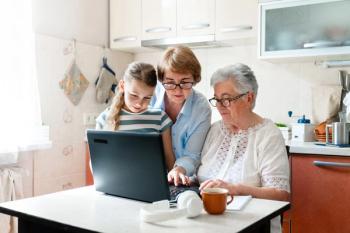
Predictable thinner flaps can be created with device
Tampere, Finland-The M2 microkeratome (Moria) received high marks from researchers who used the instrument to create thin flaps during LASIK.
Juhani Pietilä, MD, and Petri Mäkinen, MD, both refractive surgeons and investigators in the Department of Ophthalmology, Mehiläinen Hospital, Tampere, Finland, found that creating thin flaps with this microkeratome was safe and the results were reproducible. In addition, patient comfort was enhanced; the thin flaps recovered more quickly because of less flap swelling after the procedure.
"A thin flap theoretically decreases the risk of corneal ectasia, dry eye, and biomechanical effects," Dr. Pietilä said. "However, the risk of flap irregularities, buttonholes, and epithelial defects may increase when thinner flaps are created."
The M2 microkeratome has several characteristics that Dr. Pietilä said he finds very useful: the hinge can be positioned anywhere, there are different suction rings for different K values, the hinge length can be adjusted with different stop settings, and the heads are interchangeable, which allows the creation of thicker or thinner flaps.
The device has four heads to create different flap thicknesses. The metallic 130 head is used to create a flap 160 µm thick, the metallic 110 head is used for creation of a flap 140 µm thick, the plastic single-use 130 head creates a flap 160 µm thick, and a plastic single-use 110 head will produce a flap 120 µm thick.
In the study under discussion, a total of 300 eyes were treated with the following heads: 49 eyes with the metallic 130 head (M2 130), 114 eyes with the metallic 110 head (M2 110), 49 eyes with the plastic single-use 130 head (M2 SU 130), and 88 eyes with the plastic single-use 110 head (M2 SU 110).
Creating the flap
Newsletter
Don’t miss out—get Ophthalmology Times updates on the latest clinical advancements and expert interviews, straight to your inbox.


















































.png)


